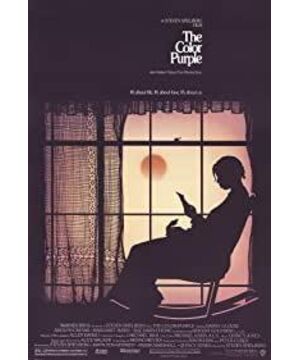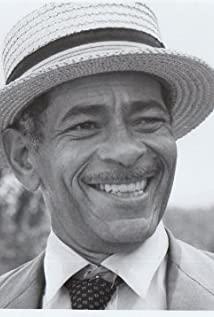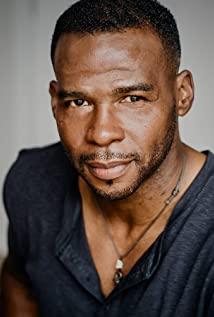The image of "purple" is rather vague, and it is difficult to clarify what it specifically refers to. The film only shows the country scenes of green and purple flowers at the beginning and the end. At the beginning, Celie and Nandi clap and sing, and at the end Celie and Sage join hands. Strolling, full of pure and gentle female love. The purple flowers submerged in the green fields are humble, immature, and vulnerable to destruction, but in the end they survived strongly, spitting out their stamens to the sky and blooming gently. Or it can represent their purple skin, a kind of uncivilized primitive roughness, and a kind of simple and gentleness that is close to the essence of life. Compared with the text, the performance of images has certain limitations, and perhaps there will be clearer details in the original work.
In most of the film, Celie is cowardly and cowardly, especially after years of enslavement by her husband, from swallowing her breath to numbness to being calm, her heart has long been enslaved, and she is even habitual, suggesting that her son should also be enslaved. The father treated his wife as an example. The final outbreak is impressive, but it is not unexpected with the usual idea of plotting the plot of the movie. The other three women with very different personalities in the film should all be the factors that urged her to awaken. Nandy used to go out to resist, Sofia used force to resist, and Sag used talent to resist. Everyone formed a strong encouragement to Celie. force. Especially when she opened a long-closed letter from Nandi, the blood-linked family relationship gave her hope for a new life, and the inner embankment could no longer stop the huge waves.
The awakening and resistance of women's rights should be the most clear theme of the film, but Spielberg does not seem to be satisfied with this. He deliberately generalizes this theme. On the one hand, Sofia suffered from the oppression and destruction of white people, on the other hand, the African continent was facing the crisis of colonial rule, and the scope expanded like a circle, telling us that violence and dictatorship and intolerance are everywhere in this world, oppression, slavery and the pursuit of individuality. Liberation still has a long way to go. The description of the section of the African continent and the reality of Celie's letter reading were edited in a montage, which was very smooth and natural, which made the eyes shine.
Spielberg's fault is that he always likes to add a sensational ending to the story, even in the almost perfect "Schindler List", he does not forget to let the hero give a passionate speech at the end. The intention of the last part of the church singing was to push the audience's emotions to a climax, but I didn't have the feeling of being overwhelmed at all. On the contrary, I felt a little deliberate and artificial. In addition, another feature of Hollywood movies is that they can't let go of challenging taboos and show cruelty, and they don't dare to look closely at them like European movies. At the beginning, the film tells us the facts of incest between the father and daughter of Sai Li's family, but in the end it deliberately handles it roundly, telling us that the father is not the biological father. This kind of treatment reminds me of "Dragon Babu", which seems to be cleverly set up, but it reflects the weakness of popular art, that is, to cater to the audience and dare not carry out cruelty to the end.
View more about The Color Purple reviews











